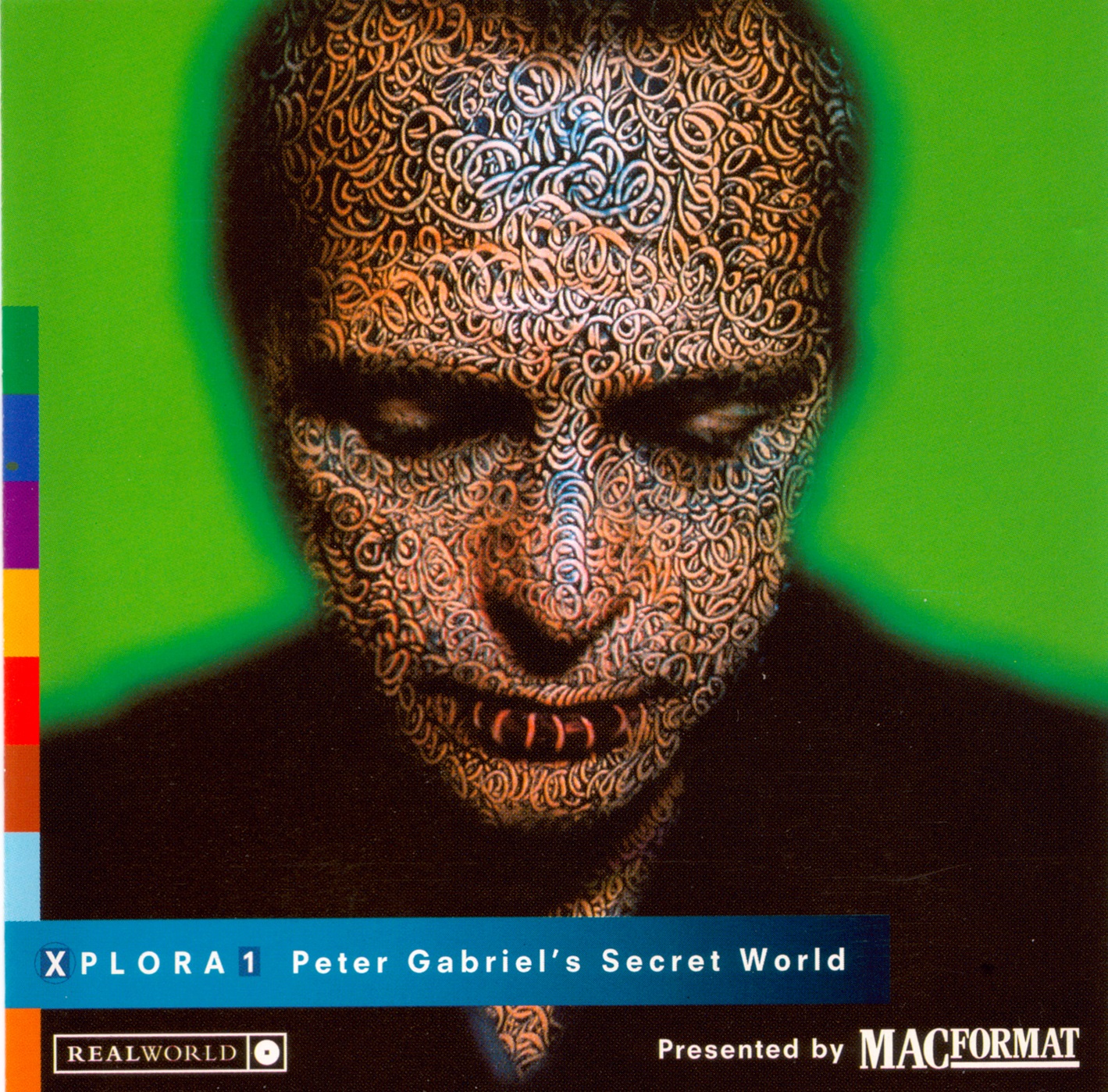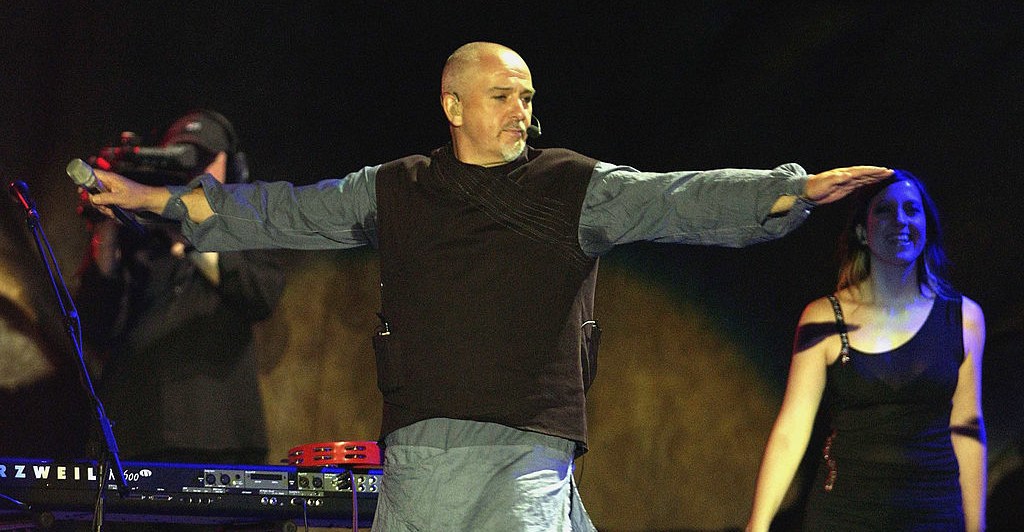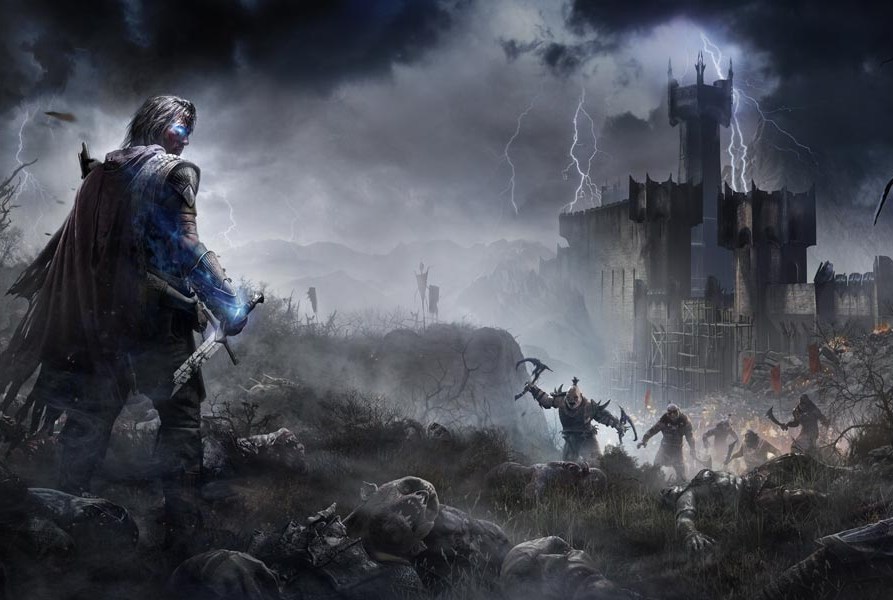## A Journey Through Time: How Gamer Historians Are Unlocking the Mysteries of Myst
Remember the intoxicating feeling of stepping into Myst? The wind whispering through the towering sandstone cliffs, the intricate puzzles that tickled your brain, the lingering sense of mystery that clung to every nook and cranny? Myst isn’t just a game, it’s a portal to another world, a world that has captivated generations of players. But what lies beneath the surface of this timeless masterpiece?

Myst 4: A Mixed Reception

Myst 4: Revelation, released in 2004, marked a significant departure for the series. While previous installments had largely relied on the signature live-action FMV and environmental puzzles, Myst 4 incorporated a more cinematic approach with pre-rendered graphics and real-time effects, creating an immersive visual experience unlike anything seen before in the franchise. However, this shift wasn’t without its critics, and the game received a mixed reception upon release.
Gamestanza readers will recall the series’ unique charm stemming from the tangible, hand-built worlds. Myst 4’s shift towards a more polished, computer-generated aesthetic was met with skepticism by some fans who felt it diluted the series’ original magic. The integration of a voice-over and a pop music interlude by Peter Gabriel, a choice that seemed jarring to some, further contributed to the divided response.

The Unexpected Fandom
Despite the mixed reception, Myst 4’s Peter Gabriel cutscene has surprisingly garnered a dedicated following. This seemingly out-of-place moment, featuring Gabriel’s haunting vocals and swirling animations reminiscent of a Winamp visualization, has become a meme within the Myst community.
Several factors contribute to this unexpected fandom. Firstly, the sheer audacity of the choice is intriguing. Myst, known for its atmospheric silence and meticulous puzzle design, suddenly erupts into a full-blown musical performance, creating a memorable and often humorous juxtaposition. Secondly, Gabriel’s involvement adds a layer of legitimacy and artistry to the scene. His status as a respected musician lends a certain gravitas to the otherwise bizarre moment, elevating it from a cheap gimmick to a curious artistic experiment. Finally, the scene’s accessibility on YouTube and other platforms has allowed it to spread virally, further cementing its place in online discourse.

The Peter Gabriel Connection
The inclusion of Peter Gabriel in Myst 4 is particularly noteworthy. Gabriel, a renowned musician known for his experimental and often politically charged work, had a keen interest in interactive media in the 1990s. He even produced his own interactive musical experiences, “Xplora1: Peter Gabriel’s Secret World” and “Peter Gabriel: Eve,” showcasing his belief in the potential of CD-ROM technology to create immersive and engaging experiences. This personal connection to the medium likely played a role in his willingness to contribute to Myst 4.

A Case Study in Game Design Choices
The Peter Gabriel cutscene in Myst 4 serves as a fascinating case study in game design choices, highlighting the potential risks and rewards of experimentation. While it’s undoubtedly a controversial element, its lasting impact on the game and the broader gaming community speaks to its unique power.

Balancing Innovation and Tradition
Myst 4’s developers faced the challenge of balancing innovation with the established traditions of the franchise. The series was renowned for its atmospheric puzzles and immersive environments, and introducing a full-blown musical interlude felt like a significant departure. However, the developers likely saw an opportunity to push the boundaries of the medium and create a truly memorable experience.

The Power of Surprise
The cutscene’s unexpected nature is arguably its greatest strength. It disrupts the expected flow of the game, forcing players to confront something completely different from what they’ve come to expect. This sense of surprise can be incredibly powerful, creating a lasting impression on players and sparking discussion and debate long after the game is finished.
The Legacy of the Cutscene
The Peter Gabriel cutscene in Myst 4 may not be universally loved, but it has undoubtedly become a part of gaming history. It serves as a reminder that even seemingly outlandish decisions can have a profound impact on a game’s legacy, and that sometimes the most memorable moments come from the unexpected.
Conclusion
So, there you have it. Gamer historians are stepping up, wielding their digital shovels and meticulously unearthing the hidden treasures of Myst’s legacy. They’re not just cataloging trivia or dusting off old reviews – they’re weaving a rich tapestry of context, uncovering the development struggles, the marketing machinations, and the passionate community that propelled Myst to iconic status. This isn’t just about preserving history; it’s about understanding how a game so unique, so deeply immersive, came to define a generation of gamers.
The implications of this work extend far beyond Myst. As the gaming landscape evolves at a dizzying pace, the stories behind the games we love risk being lost in the digital ether. Gamer historians are filling this crucial gap, reminding us that video games are more than just pixels and polygons; they are cultural artifacts, testaments to human creativity and innovation. Their efforts ensure that future generations will have access to the rich history of gaming, fostering a deeper appreciation for the art form and the people who make it possible. The next time you lose yourself in a captivating world, remember the diligent work of these digital archaeologists, preserving the magic of Myst and countless other games for years to come.
For the stories they uncover are not just about the past, they are about the future of gaming itself.